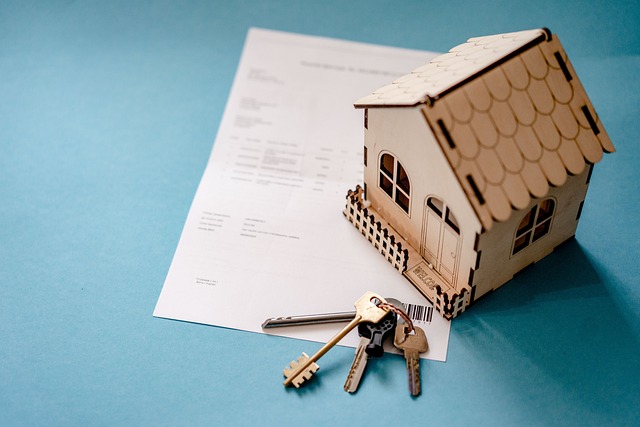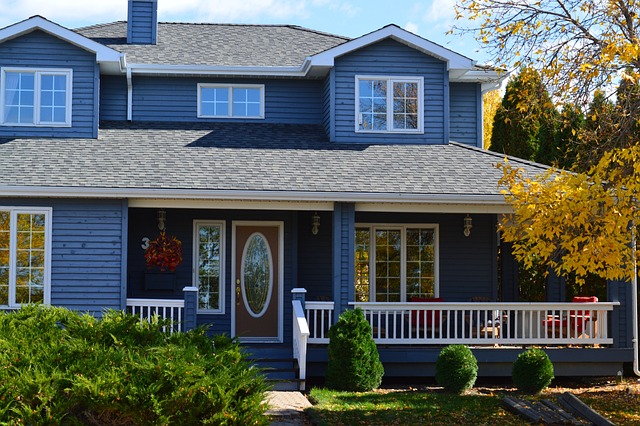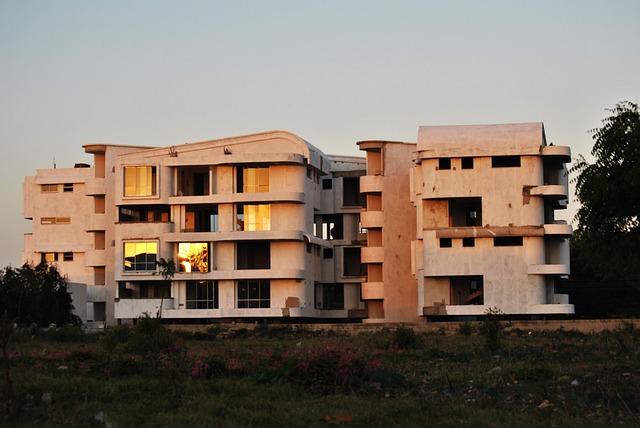Over the past decade, Singapore's Executive Condominium (EC) landscape has evolved significantly, adapting to meet the changing needs of Singaporeans and reflecting the dynamic nature of the city-state's housing market. Introduced as a bridge between public and private housing for first-timer married couples, ECs have seen policy revisions that enhance their attractiveness, eligibility, and resale potential, ensuring they remain affordable and accessible even with rising property values. As these homes mature, they cater to a wider range of the population, including second-timer singles and families, thanks to the Housing & Development Board's (HDB) responsive regulations. The EC program's adaptability ensures its relevance within Singapore's housing strategy, providing a stable living environment for future generations. After ten years, an EC transitions into a fully privatized condominium, potentially increasing in value and offering residents the opportunity for en bloc sales or personalized renovations without HDB approval. The long-term value of an EC is influenced by factors such as location, amenities, and broader market trends, making it an attractive investment with flexible leasing options and upgraded facilities. Keywords: Executive Condominium Ec, Singapore housing evolution, demographic transition, Housing & Development Board adaptability, affordability, accessibility, investment potential, privatization, long-term value.
10 years on, the trajectory of Executive Condominiums (ECs) in Singapore’s property landscape presents a compelling narrative. This article delves into the transformative journey of ECs from their initial launch to their established role within a decade. We explore the evolution of these residences, assess the implications for current and prospective residents at the 10-year mark, and evaluate the long-term value and market position of ECs. Join us as we navigate the intricacies of how ECs have matured over time and what this means for your housing investments.
- Navigating the Evolution of Executive Condominiums (ECs) After a Decade
- The 10-Year Mark for EC Residents: Changes and Benefits
- Assessing the Long-Term Value and Market Position of ECs After a Decade
Navigating the Evolution of Executive Condominiums (ECs) After a Decade

10 years on, the landscape for Executive Condominiums (ECs) in Singapore has evolved significantly, reflecting a dynamic housing market and shifting demographic needs. Initially introduced to provide an alternative housing option for Singaporeans who aspire to upscale from public to private property, ECs have undergone various policy revisions that have influenced their appeal, eligibility criteria, and resale value over the decade. Today, these hybrid homes continue to cater to the needs of young families, offering a blend of subsidized pricing and private property features. As an EC ages, it transitions from being eligible for first-timer married couples to second-timer singles or families, thus adapting to the changing demographics of the city-state. The evolution of ECs also mirrors broader societal trends, with the Housing & Development Board (HDB) regularly updating regulations to ensure these homes remain accessible and affordable, even as property values rise. This adaptability ensures that the EC program remains a vital component of Singapore’s housing strategy, providing a stable and secure living environment for generations of Singaporeans.
The 10-Year Mark for EC Residents: Changes and Benefits

At the ten-year mark, an Executive Condominium (EC) residence in Singapore undergoes a significant transformation. This milestone signifies the transition of the EC from its initial design for young families to become a more traditional condominium. Upon reaching this age, the Housing & Development Board (HDB) flat component within the EC is privatized, allowing private property rights to extend to the entire unit. This shift often leads to an appreciation in value and may attract a different demographic of residents who are looking for a middle-ground living option between a public housing flat and a full-fledged private condominium.
Moreover, the 10-year period brings about changes that cater to the evolving needs of its occupants. En bloc sales become an option for EC residents, enabling them to collectively sell their units and potentially reap substantial profits. Additionally, at this juncture, residents can make renovations without requiring HDB’s approval, providing them with greater flexibility to personalize their living spaces. The benefits of owning an EC after a decade are manifold, including the potential for capital gains, the ability to lease on flexible terms, and the enjoyment of enhanced facilities and amenities that may have been upgraded over time. These factors contribute to making the EC a sought-after address for those looking for a balance between affordability and quality living.
Assessing the Long-Term Value and Market Position of ECs After a Decade

Over the span of ten years, an Executive Condominium (EC) can undergo a significant transformation in terms of both its value and market position. Initial assessments during this period focus on the EC’s ability to withstand the test of time, from structural integrity to the quality of finishes that have endured a decade’s worth of wear and tear. The long-term value of an EC is influenced by several factors, including its location, proximity to amenities, and the overall demand in the residential market. As the initial lease period nears its conclusion and the unit becomes fully privatized, the EC transitions from a public housing option to a private asset. This transition can affect its marketability and value, as it moves closer to being on par with full condominiums.
Market positioning of ECs after ten years is also contingent upon broader economic trends, policy changes, and demographic shifts. A well-maintained EC in a prime location may appreciate significantly, becoming an attractive investment for both residents and property investors. Conversely, ECs in less desirable areas or those that have not been well-maintained may see a depreciation in value. The maturity of the estate, the development of surrounding infrastructure, and the evolving needs of the population all play a role in shaping the EC’s market position. ECs that were once a stepping stone for upgraders from public to private housing can become sought-after residences for families looking for a spacious and centrally located home, thus reinforcing their value in the real estate market.
Over the course of ten years, Executive Condominiums (ECs) have evolved significantly, offering enhanced benefits and value for residents. As highlighted in our exploration of their journey from nascent housing options to matured community living spaces, ECs have transitioned from being first-time homeowner catering units to attractive investment opportunities with a robust market position. The 10-Year Mark for EC Residents: Changes and Benefits section delineates the transformative changes that these properties undergo, which not only enrich the lives of residents but also underscore their long-term viability as a stable housing choice. Assessing the Long-Term Value and Market Position of ECs After a Decade confirms the resilience and adaptability of ECs in the real estate landscape. As these homes continue to evolve, it is evident that they hold a promising future for those looking to settle down or invest in property within the next decade.
